Nestled in central Hungary, Székesfehérvár is a historic city with plenty of sights and activities to offer visitors. As one of Hungary’s oldest cities and former capital, Székesfehérvár is rich in imperial architecture and medieval charm. From ancient ruins to interactive museums, this diverse destination has something for travelers of all ages.
| No. | Activity/Attraction | Description |
|---|---|---|
| 1 | Royal Basilica | Explore a historic architectural site |
| 2 | Szabadbattyán Historical Park | Visit a thematic park with historical focus |
| 3 | Thermal Spas | Relax and rejuvenate in thermal waters |
| 4 | Szent István Király Museum | Learn about local history and culture |
| 5 | Royal Palace Ruins | Discover ancient ruins of historic importance |
| 6 | Lake Velence Day Trip | Enjoy natural beauty and water activities |
| 7 | Vörösmarty Theatre | Experience local performing arts |
| 8 | Countryside Cycling | Explore the surroundings on a bike |
| 9 | Royal Days Festival | Participate in a cultural and historical fest |
| 10 | Old Town Market Hall | Shop and taste local produce |
| 11 | Cathedral & Saint Stephen’s Finger | Visit a religious site with a relic |
| 12 | Bory Castle | Unwind at a picturesque castle |
| 13 | Langós Dessert | Try a traditional Hungarian dessert |
| 14 | Fehérvári Huszár Napok | Experience traditional agricultural practices |
2024 is an excellent time to visit Székesfehérvár. The city is undergoing exciting revitalization efforts, like renovations to the Royal Basilica and the addition of new walking paths and bike routes. Annual cultural events like Royal Days and Fehérvári Huszár Napok will entertain visitors with reenactments, festivals, and pageantry.
To help you experience the best of Székesfehérvár in 2024, here are the top 15 things to do:
Marvel at the Royal Basilica

Name and Location: St. Stephen’s Basilica, located in the heart of Budapest
History and Significance: St. Stephen’s Basilica is Hungary’s largest church and named after the country’s first king. Construction began in 1851 and was completed in 1905. The basilica houses the mummified hand of King St. Stephen himself.
What to Expect: Marvel at the grandeur and ornate interior of this neoclassical cathedral. Don’t miss the treasury featuring gold crowns, jewels, and ecclesiastical relics. Climb to the top of the dome for stunning panoramic views of Budapest.
Visitor Information: Basilica is open 9am-5pm daily, with extended hours in summer. Modest dress is required and no photography is allowed inside. Small fee to access the observation deck.
The most iconic landmark in Székesfehérvár is the massive Romanesque-style Royal Basilica. With parts dating to the 12th century, this historic church served as the coronation site for Hungarian kings. Don’t miss seeing the ornate tombs of King Stephen I and other royals in the crypt.
The basilica is currently undergoing renovations that will restore the original exterior decorations in time for 2024. Guided tours share stories of the coronations and funerals once held here.
Time Travel at Szabadbattyán Historical Theme Park

Name and Location: Szabadbattyán Historical Theme Park, located in Szabadbattyán, Hungary
History and Significance: This medieval theme park transports visitors back to life in historic Hungary. Authentically recreated villages, traditions, and battle reenactments provide an immersive historical experience.
What to Expect: Interact with costumed characters, view live demonstrations of medieval trades, and sample traditional cuisine. Don’t miss the daily jousting tournaments and castle siege show. Kids will love the hands-on activities.
Visitor Information: Open March-November. Check website for ticket prices and hours, which vary seasonally. Easy to reach by car or train from Budapest.
Immerse yourself in Hungarian history with a visit to Szabadbattyán Historical Theme Park located just outside the city. This open-air museum features structures from the medieval, Gothic, Renaissance, and Baroque eras.
Costumed interpreters demonstrate traditional crafts and trades from blacksmithing to archery. Special events like jousting tournaments add to the fun. With various eras of architecture all in one place, it’s a hands-on way to explore Hungary’s past.
Relax at Thermal Spas
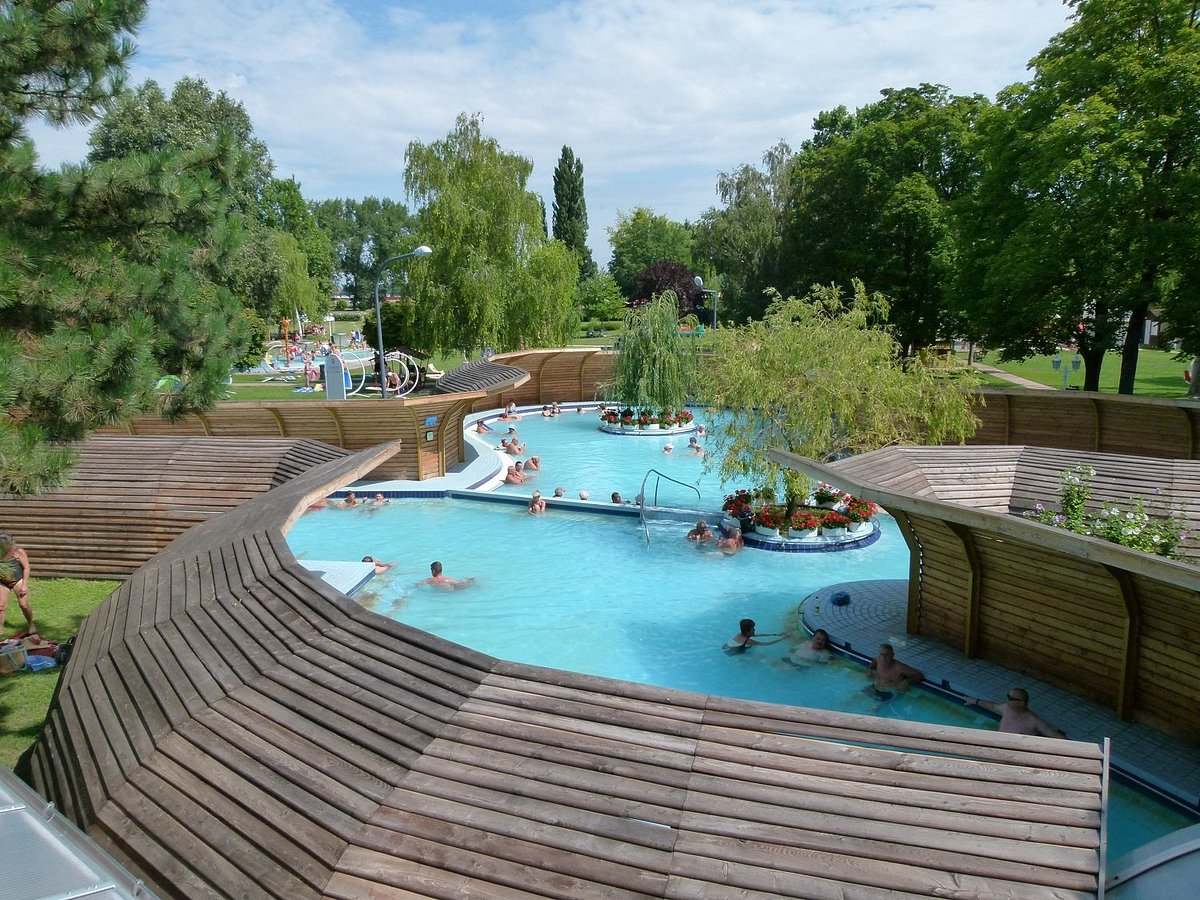
Name and Location: Széchenyi Thermal Baths, located in Budapest
History and Significance: Széchenyi is one of the largest thermal spa complexes in Europe. The temperature of the spring waters is 74-77°C. The spa was built in 1913 and remains a beloved, historic local tradition.
What to Expect: Spend a relaxing day bathing in the warm indoor and outdoor pools, enjoying steam rooms, or scheduling a massage. Don’t miss the iconic outdoor bathing pool.
Visitor Information: Open daily 6am-10pm. Admission starts at ~$25 USD. Book tickets and treatments online in advance. Bring towels, robes, sandals if you have them.
Székesfehérvár has a long bathing tradition tied to the region’s natural thermal springs. In 2024, visitors can soak and relax at spa resorts like the newly renovated Hotel Magyar Király.
This spa complex dates to the 1200s and offers indoor and open-air pools, massage therapies, saunas, and historic baths situated near ancient Roman ruins. For family-friendly pools and waterslides, check out the Aqua Sóstó Adventure Bath. End your day unwinding in the healing mineral waters.
Learn About Hungarian History at Szent István Király Museum

Name and Location: Szent István Király Museum, Székesfehérvár, Hungary
History and Significance: This museum is dedicated to the history of Hungary’s first king, Stephen I. Housed in a former church built in the 1300s, it contains artifacts from the 10th-18th centuries.
What to Expect: View the comprehensive collection of sculptures, tapestries, jewelry, weaponry and other objects that bring Hungarian medieval history to life. Don’t miss the stone carvings from the Royal Basilica.
Visitor Information: Open Tuesday-Sunday 10am-6pm. Closed Mondays. Admission is around ~$7 USD. Audio guides available. Easy to reach by train from Budapest.
For an in-depth look at Székesfehérvár and Hungary’s history, spend an afternoon at the excellent Szent István Király Museum downtown. Displays chronicle the city’s development from its founding to becoming a royal seat of power to today.
Artifacts from archaeological excavations, like graves from the 10th century, provide insight into medieval times. Don’t miss the basement’s ancient church ruins. English translations make the history easy to understand.
Explore Historic Ruins at Royal Palace

Name and Location: Royal Palace of Buda, located in Budapest, Hungary
History and Significance: This historic palace was built in the 13th century and was the residence of Hungarian monarchs for centuries. It was largely destroyed during World War II. The remaining ruins are a UNESCO World Heritage Site.
What to Expect: Walk along the palace grounds and explore the partially intact caves, arches, and chambers that remain of this once grand complex. Don’t miss the great views of the Danube River and city.
Visitor Information: The grounds are open 24/7 and can be explored independently. Guided tours of the caves available. Located in central Budapest, accessible by public transportation.
History comes to life at the Royal Palace ruins overlooking the city. Parts of the palace date to the 13th century when it served as a royal residence. Visitors can now see the excavated walls and foundations that outline the footprint of the palace.
3D models help envision what the soaring Gothic structure originally looked like. Temporary exhibitions here focus on Székesfehérvár’s Middle Ages history as a coronation city.
Take a Day Trip to Lake Velence

Name and Location: Lake Velence, located approximately 40km from Budapest
History and Significance: Lake Velence is a popular recreational lake formed after mining peat bogs in the early 20th century. It’s nicknamed the “Hungarian Sea” and a favored local summer destination.
What to Expect: Swim, sail, or relax on the lake’s beaches and grassy shores. Hike or bike around the lake. Enjoy the lively waterfront restaurants and cafes in the town of Agárd. Don’t miss the summer fireworks displays over the lake.
Visitor Information: Easy to reach by direct train or bus from Budapest. Best visited May-September. Entrance fees apply for beaches and swimming access.
An easy day trip from Székesfehérvár leads to scenic Lake Velence. Just 20 minutes away, this lake is nicknamed the “Hungarian Sea” thanks to its beaches and recreational vibe. Relax on the sandy shores, swim and boat on the calm waters, or pedal around the lake on a bike path.
The lake is surrounded by restaurants, resorts, and vacation cottages available to rent if you want to extend your stay. Don’t miss trying Hungarian lakeside specialties like catfish paprika.
See a Show at Vörösmarty Theatre
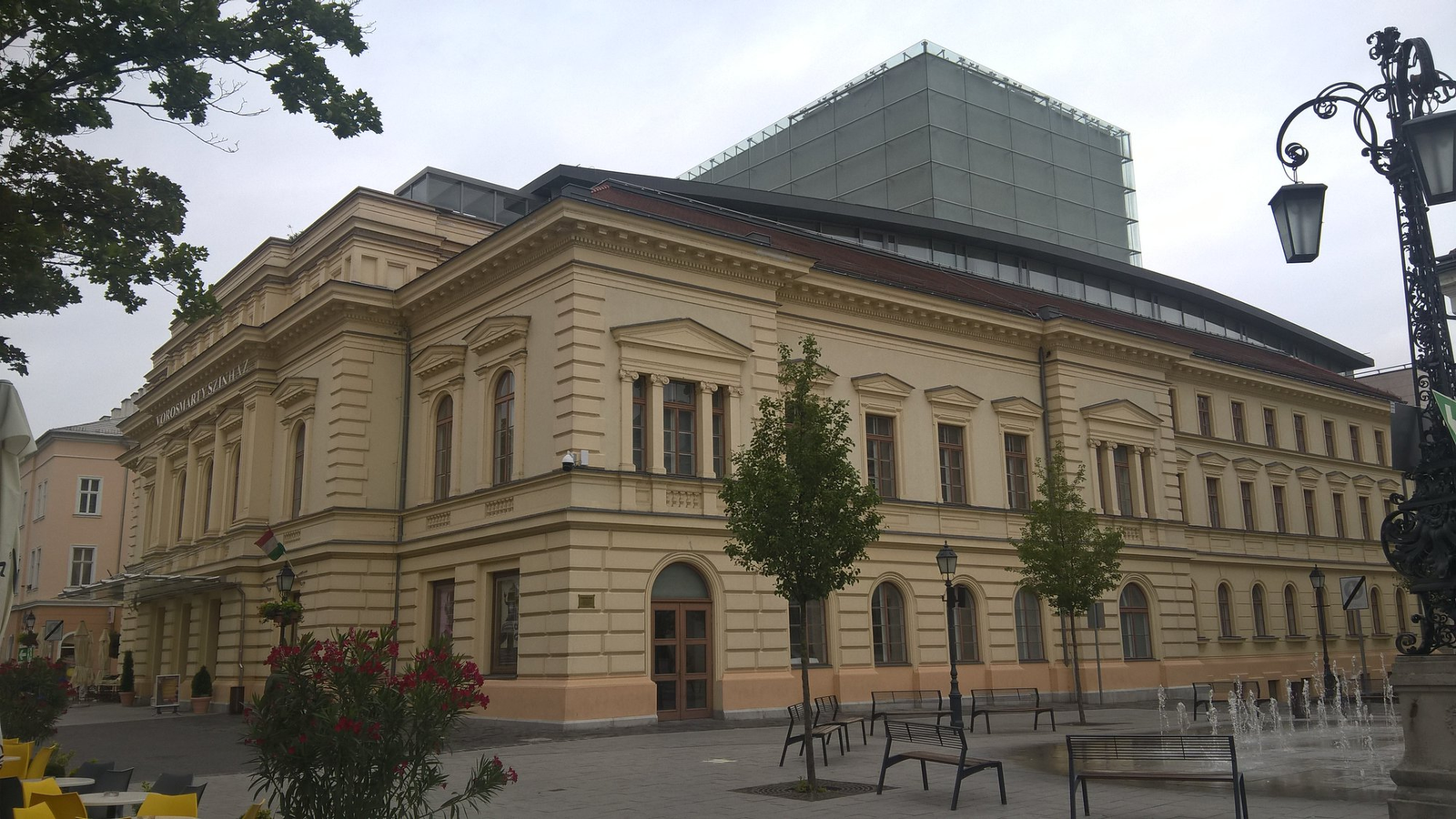
Name and Location: Vörösmarty Theatre in Székesfehérvár, Hungary
History and Significance: This grand theatre opened in 1886 and is one of the oldest operating theatres in Hungary. It presents high-quality drama, opera, ballet, and concert performances.
What to Expect: Attend an outstanding performance in the beautifully preserved historic auditorium. Productions range from classical operas to contemporary Hungarian works.
Visitor Information: Check website for performance calendar and ticket prices. Located in downtown Székesfehérvár, accessible by train from Budapest. Guided tours available on select days.
Dating to 1837, the elegant Vörösmarty Theatre is Székesfehérvár’s leading venue for drama, opera, ballet, and classical concerts. The intimate auditorium makes you feel part of the performance. In 2024, look for operetta performances to celebrate the building’s 100th anniversary.
There are also regular productions of plays by famed Hungarian writer Mihály Vörösmarty, the theatre’s namesake. Seeing a show here allows you to experience entertainment like a 19th-century audience once did.
Explore the Countryside By Bicycle

Name and Location: Danube Bend region north of Budapest
History and Significance: The Danube Bend offers scenic cycling along the Danube River through historic towns and rolling hills. Popular cycling trails run from Budapest towards Esztergom and Visegrád.
What to Expect: Ride through quaint riverside villages and vineyards. Stop to tour medieval castles and cathedrals. Don’t miss the stunning river views from atop Castle Hill in Visegrád.
Visitor Information: Trails range from easy to advanced. Guided and self-guided tours available. Bike rentals and maps in Budapest and other starting locations. Reach by train/boat or drive and park.
Cycling adventures await just beyond the city. From Székesfehérvár it’s easy to reach quaint villages, vineyards, and farmland that make up Hungary’s idyllic countryside. Rent a bike or join a guided tour to pedal along marked routes through this scenic landscape.
Ride past fields of sunflowers and stop at roadside fruit stands. Pull over at a local winery for tastings too. Families can also opt for electric bike rentals that make rural explorations less tiring.
Participate in Living History at Royal Days Festival

Name and Location: Royal Days Festival in Székesfehérvár, Hungary
History and Significance: This annual festival recreates medieval times with costumes, music, and battle reenactments to honor Hungary’s first king, Saint Stephen I. It’s been held since 2000.
What to Expect: Witness mock battles, knighting ceremonies, jousting matches, food tastings, and minstrel shows. Don medieval attire available to borrow and join in the revelry.
Visitor Information: Takes place in August. Most events are outdoors and free. Reach Székesfehérvár by train from Budapest.
For three days each August, Székesfehérvár travels back in time to its Middle Ages heyday during the annual Royal Days festival. Residents dress in period costumes while knights, jesters, and dancers fill the streets. Artisans like blacksmiths give interactive demos.
You can watch reenacted tournaments and ceremonies that reflect the city’s past. With food, music, and entertainment, it’s an exciting chance to dive into Hungarian history and traditions.
Shop at the Old Town Market Hall

Name and Location: Great Market Hall in central Budapest
History and Significance: This iconic indoor market opened in 1897. It offers bountiful Hungarian produce, meats, artisanal foods, and souvenirs under an ornate roof.
What to Expect: Shop for paprika, Tokaji wine, embroidered linens, and handcrafted items. Sample lángos, sausages, strudel, and more at the food stalls. Don’t miss the hanging salamis and colorful Zsolnay ceramics.
Visitor Information: Open 6am-5pm daily. Second floor eateries open later. Accessible by foot, bus, metro, or tram in central Pest.
No visit to the city is complete without browsing the historic Old Town Market Hall. Built in 1901, Székesfehérvár’s market hall remains home to food vendors selling local produce, artisanal goods, baked sweets, meat, and dairy.
Producers offer tastings of regional foods like honey, wine, and sausage. The upstairs gallery features handicrafts and souvenirs. Enjoy a budget lunch of local dishes at one of the casual eateries inside the market too.
See Saint Stephen’s Finger at the Cathedral

Name and Location: St. Stephen’s Cathedral in Kalocsa, Hungary
History and Significance: Completed in 1774, the cathedral houses the mummified right hand of Hungary’s patron saint, King Stephen I. This holy relic draws pilgrims from across the country.
What to Expect: View the Emmerich Bécs cabinet containing the saint’s hand, with its ring said to hold a splinter of the holy cross. Marvel at the ornate baroque architecture.
Visitor Information: Open daily. Modest dress required. Located in Kalocsa, accessible by train from Budapest.
Both pilgrims and history buffs are drawn to Székesfehérvár’s ornate Cathedral Basilica. Dating to the 18th century, this cathedral’s claim to fame is a holy relic displayed in the crypt. Saint Stephen’s mummified right hand is preserved here.
Look for the “Finger of Saint Stephen” inscription. Also spend time admiring the elaborate Zopf style interior with gilded altars, frescoes, and chandeliers. Frequent classical music concerts performed here enhance the spiritual atmosphere.
Unwind at Family-Friendly Bory Castle

Name and Location: Bory Castle located in Székesfehérvár, Hungary
History and Significance: This unique castle was built by local artist Bory Jenő over decades starting in 1923. It incorporates sculpture and stained glass into the architecture.
What to Expect: Explore the whimsical castle and grounds, full of labyrinthine paths, grottos, and surprising visual elements. Kids will love the playful atmosphere.
Visitor Information: Open daily for guided tours. Admission ~$6 USD, kids under 6 free. Easy to reach by car or train 45 minutes from Budapest.
Just a short drive north of the city sits Bory Castle, an unusual attraction perfect for families. This castle was constructed by local artist Bory Jenő over decades beginning in the 1920s. The result is a fanciful complex made up of walkways, tunnels, sculptures, and buildings.
Kids love exploring the castle’s nooks and crannies while adults appreciate the artwork. The surrounding park features additional sculptures, a petting zoo, playgrounds, and restaurants to make for a well-rounded day.
Try Szabó Lőrinc’s Favorite Dessert Langós

Name and Location: Langós found across Budapest and Hungary
History and Significance: Langós is a beloved Hungarian street food – fried dough topped with cheese, sour cream, and other toppings. It was a favorite of poet Szabó Lőrinc.
What to Expect: Enjoy warm, chewy langós topped with your choice of savory or sweet toppings. It’s best from a street cart like at the Great Market Hall. Don’t miss it with cinnamon sugar.
Visitor Information: Found at markets, fairs, carts across Budapest. Around $3-5 USD each. Vegans can ask for options without sour cream.
Those with a sweet tooth must try Székesfehérvár’s specialty dessert: langós. These fluffy fried dough pastries are topped with different sweet and savory ingredients.
The classic version is cinnamon sugar, but you can also get langós served with chocolate sauce, sour cream, cheese, and more. For the ultimate experience, order a langós “Tótházi style” with ice cream at Szabó Lőrinc’s favorite spot, Tótházi Lángos Büfé. The perfect snack for strolling the city!
See Agricultural Traditions at Fehérvári Huszár Napok

Name and Location: Fehérvári Huszár Napok in Székesfehérvár, Hungary
History and Significance: This annual festival began in 1996 to celebrate the town’s agricultural heritage through food, dance, and culture. It honors the historic Huszár cavalrymen.
What to Expect: Watch traditional folk dancing and Romani music performances. Sample stews, sausages, pastries, and wines. Browse handicrafts and interact with farmers.
Visitor Information: Takes place in late July. Free outdoor events around the town. Easily accessible by direct train from Budapest.
Each September, the Fehérvári Huszár Napok festival celebrates the region’s agricultural heritage. This lively event spans several days and includes horse shows, folk dancing, campfire cooking demos, handicraft displays, traditional music, and children’s activities.
Visitors can tour exhibit farms showcasing antique equipment and historic animal breeds. With colorful costumes and old-fashioned fun, it spotlights rural life in Hungary.
Conclusion
With its imperial architecture, medieval charm, and wealth of museums, Székesfehérvár offers an intriguing look at Hungary’s past. Active travelers will love the hiking and cycling opportunities in the countryside. Families can explore hands-on history parks and thermal baths.
And frequent festivals mean there’s always an exciting event on the calendar. So whether you’re a history buff, art lover, foodie, or outdoor enthusiast, Székesfehérvár has something for you in 2024!

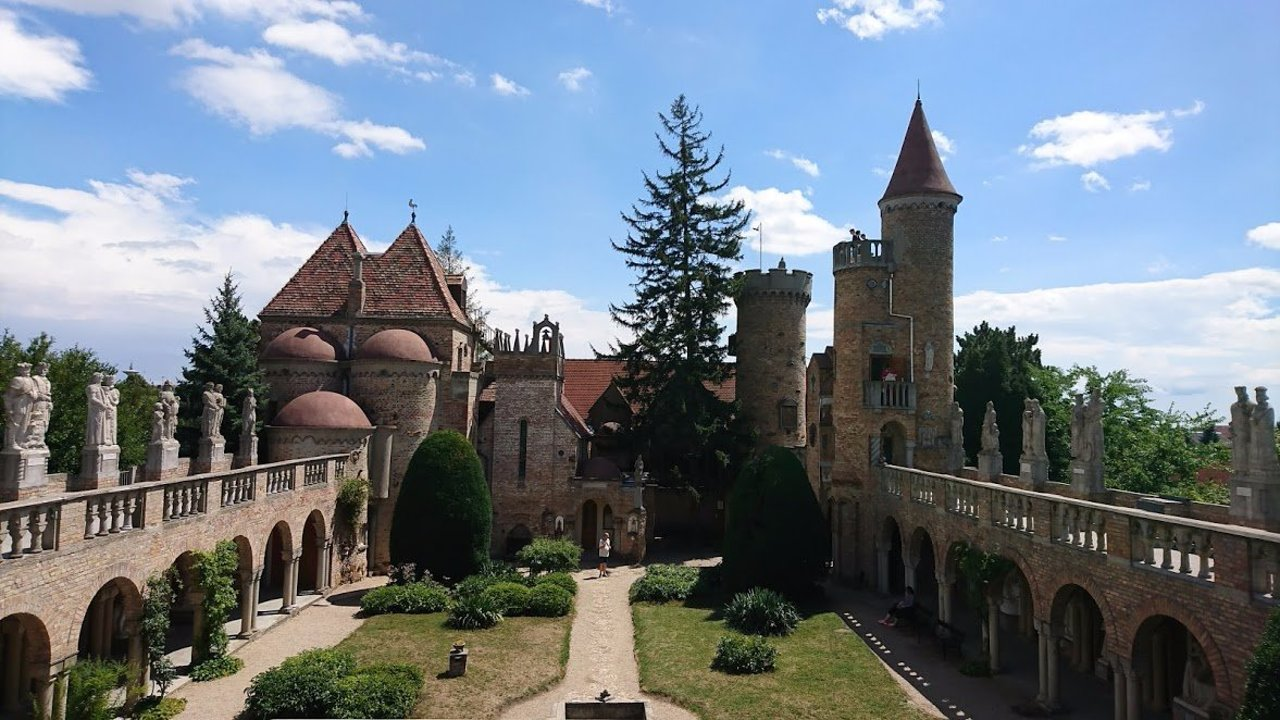
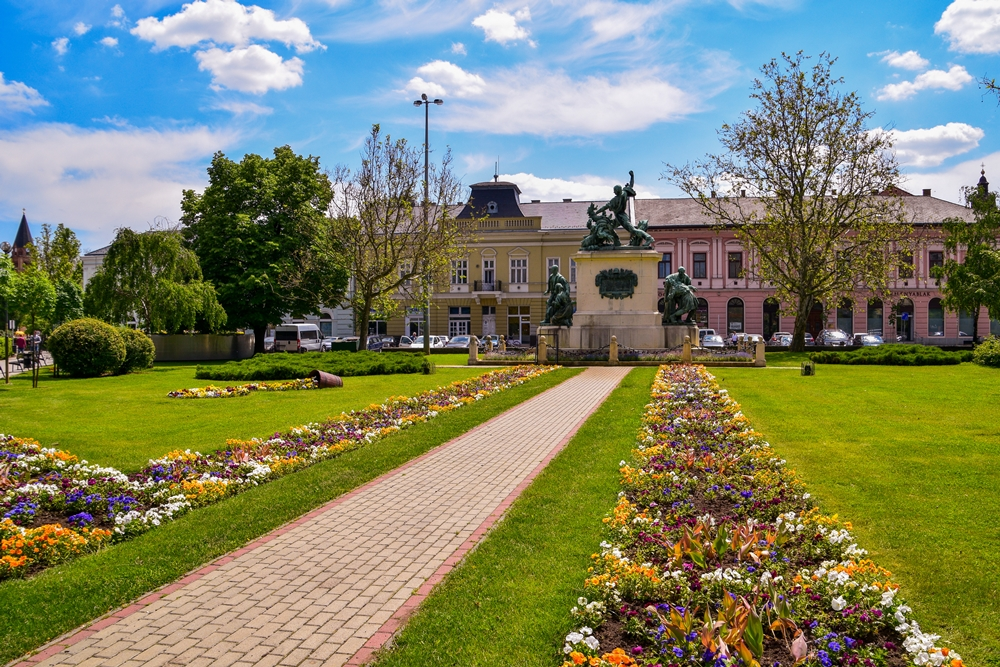
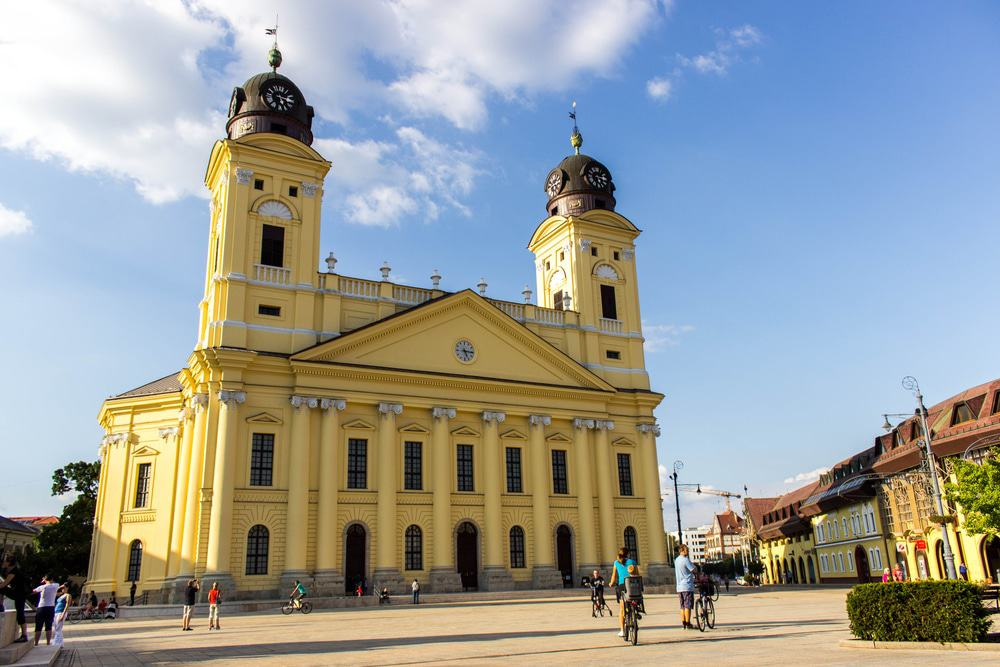
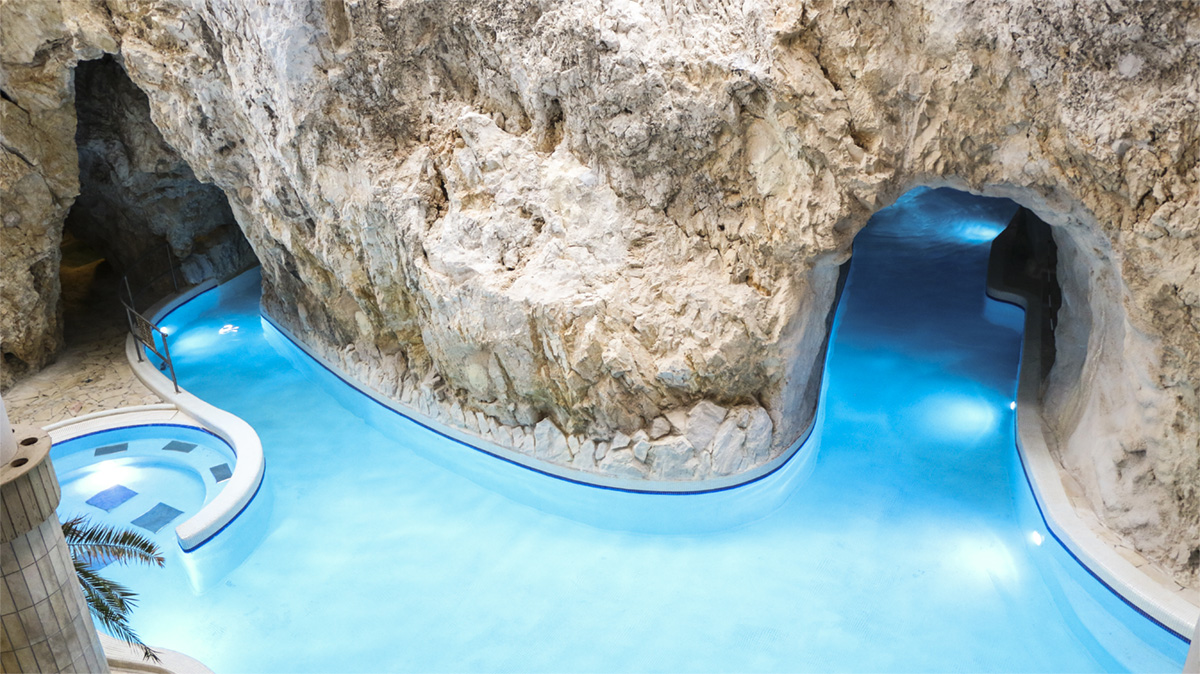
Join the Conversation